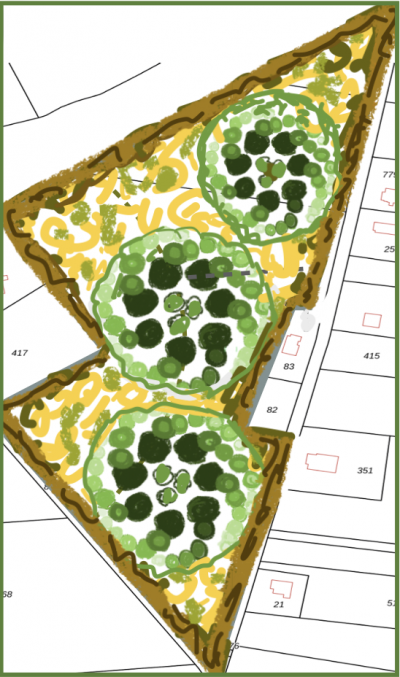The Food Forest
The basic pattern for a food forest is designed once with trees, shrubs and perennials. The design is inspired by the construction of a natural forest. The nature designers take into account the function and biological structure and donations of dozens of different types of trees and plants. For the most natural growth of a food forest, only soil, knowledge and means of production – such as the right plant and tree varieties – are required.
If we compare this approach with that of traditional agricultural methods, in which, for example, the cultivation of monocultures leads to such things as soil depletion, we can see how nature-friendly and capital- and energy-efficient the eco-procedure is.
Once a food forest reaches maturity, it finances itself. The soil and crop integration in food forest cultivation is self-regulating, including in the soil. Different from traditional farming methods. These cause quite a bit of soil degradation, causing both the biodiversity and the sponge effect of the soil to become unbalanced. Food forests and related cultivation methods show themselves from much more advantageous sides, especially when it comes to a healthy habitat for humans, animals, plants and the vital soil.

